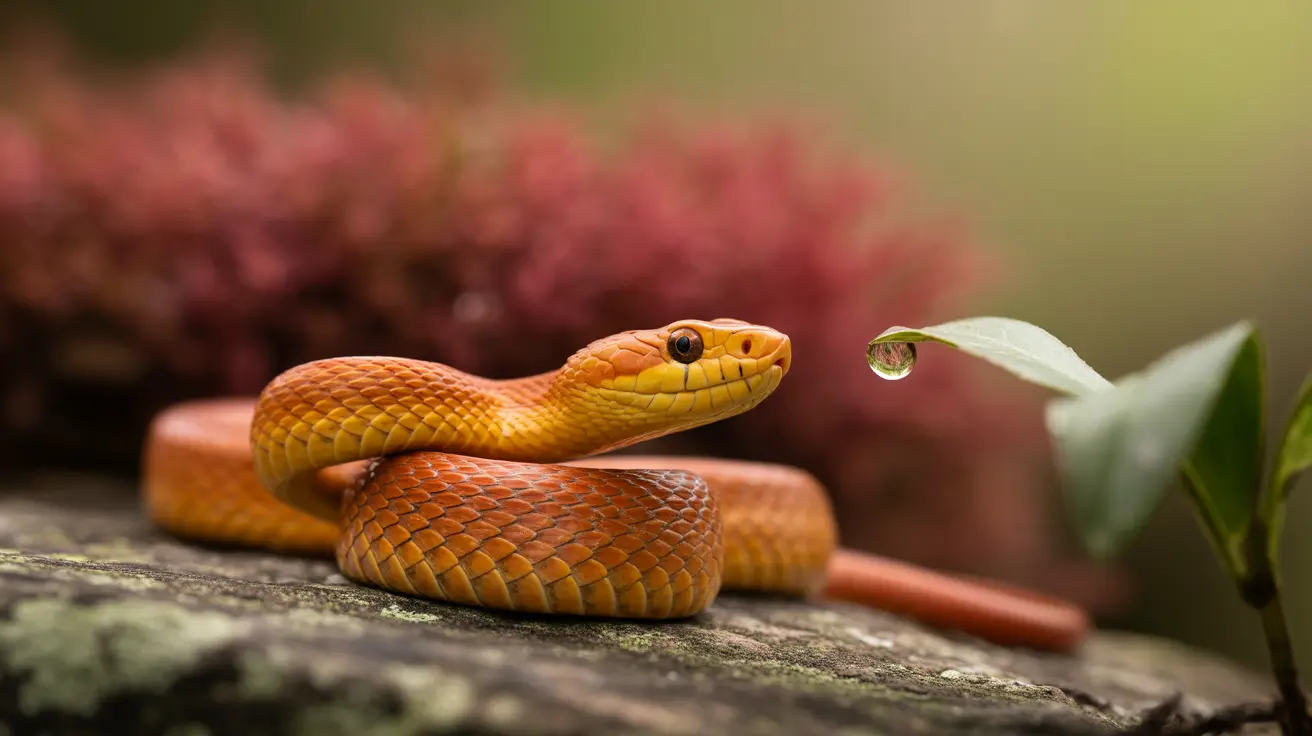In the vibrant tapestry of wildlife, orange animals stand out as some of nature's most captivating creatures. From dense rainforests to deep ocean waters, these remarkable species showcase how this striking color serves critical roles in survival, communication, and adaptation. Recent wildlife content has highlighted these extraordinary creatures, drawing attention to their unique characteristics and conservation challenges.
The presence of orange coloration in animals isn't merely about aesthetics – it's a fascinating example of evolutionary adaptation that serves multiple purposes across different species and habitats. Whether it's providing camouflage in specific environments or warning potential predators, the orange hue plays a vital role in these animals' survival strategies.
Orange Animal Adaptations in Nature
Aposematic Coloration: Nature's Warning Signal
One of the most intriguing aspects of orange coloration in wildlife is its role in aposematic warning systems. Some species, like the monarch butterfly, use their bright orange wings to signal potential predators about their toxicity. This natural defense mechanism has evolved over millions of years as an effective survival strategy.
Orange Animal Camouflage
Contrary to what might seem intuitive, orange can actually help certain animals blend into their surroundings. Tigers, for instance, use their orange and black striped patterns to remain concealed in tall grasses, particularly during dawn and dusk hunting hours. Similarly, in marine environments, the garibaldi fish's bright orange coloring helps it blend seamlessly with coral reef backgrounds.
Carotenoid Diet Animals
The vibrant orange coloring in many species comes directly from their diet through compounds called carotenoids. These pigments not only provide distinctive coloration but also offer important health benefits, including enhanced immune function and reproductive success. Animals that consume carotenoid-rich foods often display more vivid orange coloring, which can signal their fitness to potential mates.
Conservation Challenges for Orange Predators in Ecosystem
Many orange-colored species face significant conservation challenges in today's changing world. From habitat loss to illegal hunting, these magnificent creatures require dedicated conservation efforts to ensure their survival. For example:
- Tigers face ongoing threats from poaching and habitat fragmentation
- Orange roughy fish populations have declined due to overfishing
- Orangutans struggle with deforestation and illegal pet trade
Wildlife with Orange Fur: A Closer Look
Orange fur in mammals serves various purposes beyond mere appearance. In species like orangutans, the reddish-orange fur helps them blend with filtered forest light, while also potentially playing a role in social signaling within their communities. This adaptation showcases how color can serve multiple functions in animal survival and communication.
Frequently Asked Questions
Why do some animals have bright orange coloration in nature?
Bright orange coloration serves important survival roles such as warning predators of toxicity (aposematism), camouflage in certain environments like coral reefs or autumn forests, and attracting mates or communicating status within species.
What are some well-known orange animals and how do they use their coloration?
Examples include orangutans with reddish-orange fur for camouflage in forest light, monarch butterflies using bright orange to signal toxicity, and tigers' orange coats which help camouflage them through black stripes in tall grasses.
How does diet influence the orange color in animals?
Many animals get their orange color from carotenoids, pigments obtained through their diet, which can also enhance their immune system and reproductive success.
The fascinating world of orange animals reminds us of nature's incredible diversity and the complex ways that color adaptation supports survival. Understanding these remarkable creatures not only enriches our appreciation of wildlife but also emphasizes the importance of conservation efforts to protect these species for future generations to observe and study.






